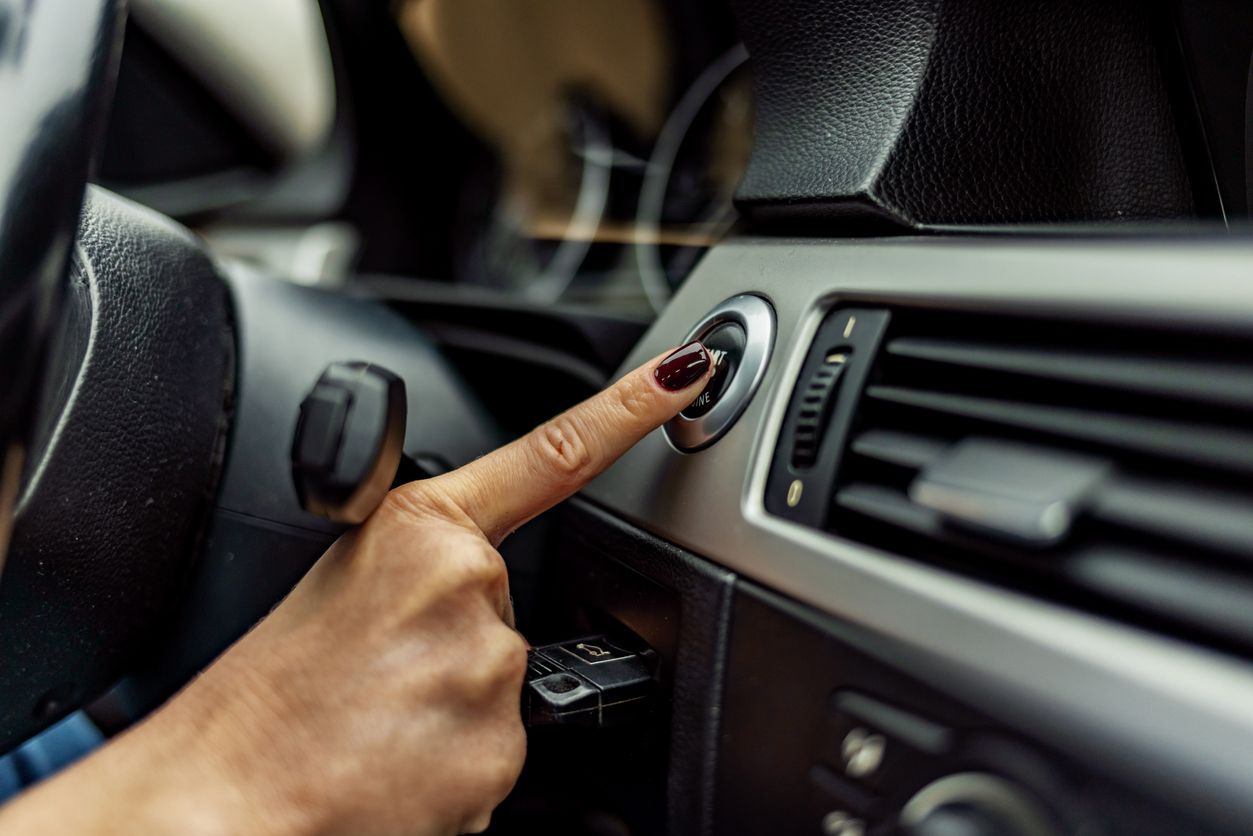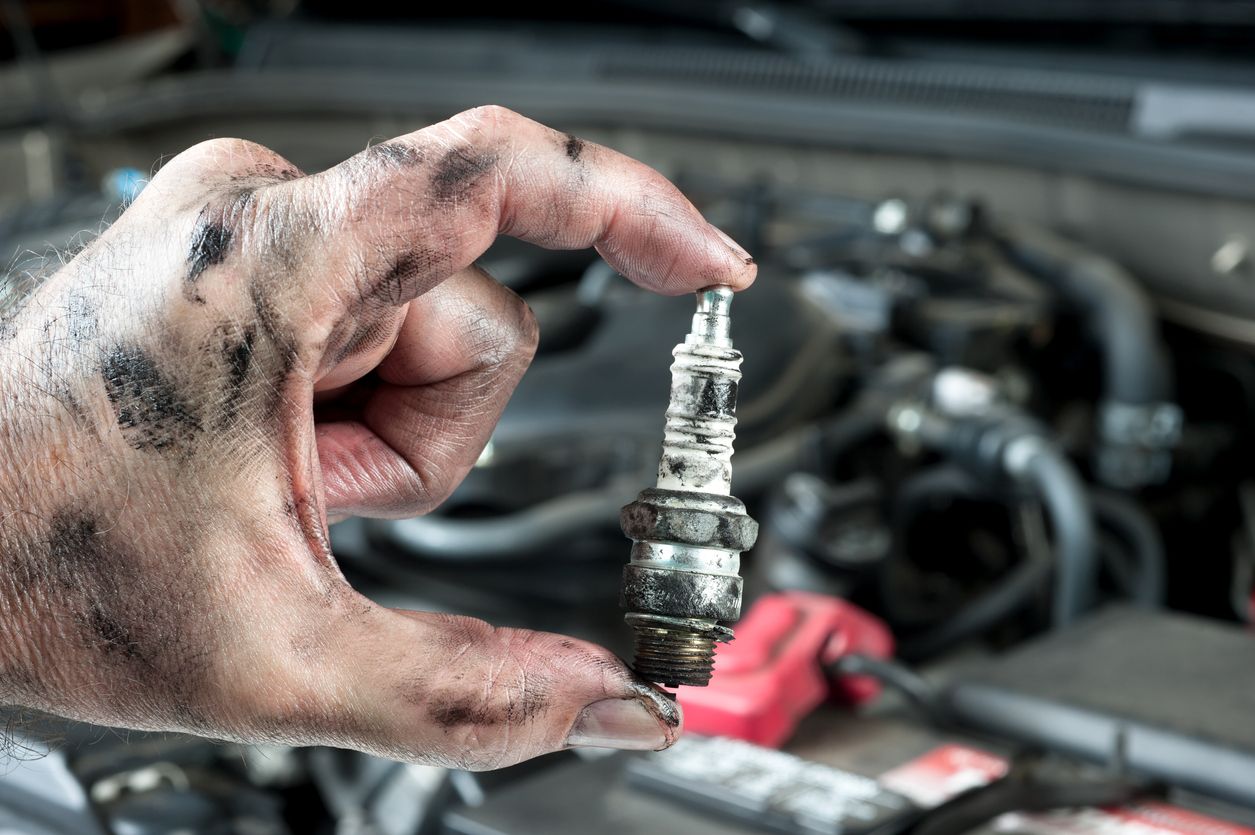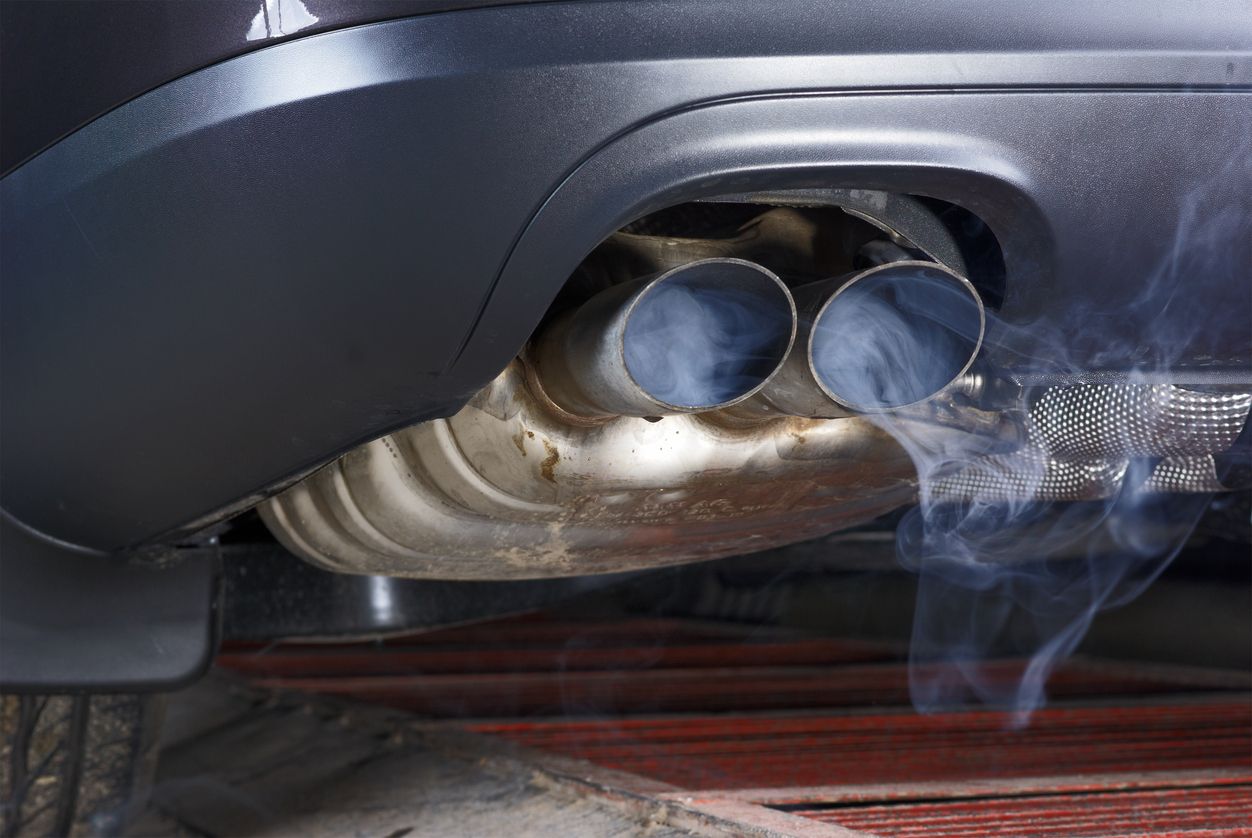If you’ve heard the term “alternator” before, you probably know that it’s an essential part of your vehicle. But what does an alternator do exactly? Put simply, your alternator keeps your car battery charged, allowing you to turn on your car and use electronic accessories.
If you’re experiencing car alternator problems, you may find that your car won’t start or stay on for more than a few minutes. You might also experience battery, accessory, and light irregularities. Before any of these happens, though, you’ll likely encounter one or more of these seven signs of a failing alternator.
Read on to learn how to spot a failing alternator before it leaves you stranded.
7 SIGNS OF A FAILING ALTERNATOR
Your battery provides the electrical punch needed to start the engine. In return, the engine rotates the alternator pulley, which keeps the battery energized when the car is running. The alternator is the bridge between these two components.
Since the battery can't keep the engine and your electrical accessories powered indefinitely, it needs the alternator to convert the engine’s rotational power into electricity. If there is any issue with this charging system, you’ll notice at least one of the following bad alternator symptoms.
1. BATTERY WARNING LIGHT ON DASH
When the battery warning light pops up on the dashboard, it’s commonly mistaken to be a battery-specific issue. However, the battery warning light typically indicates that there could be a problem within the wider electrical charging system of your car, including the alternator.
Alternators work at a specific voltage, typically between 13-14.5 volts. If your alternator fails, its voltage may drop below capacity, causing the battery warning light to appear on your dash. Similarly, the battery light may also appear if the alternator exceeds its voltage limit, depending on how much stress it is under.
Depending on the electrical load from your car’s accessories (headlights, wipers, radio, etc.), you may see the battery warning light flicker on and off as the alternator fluctuates in and out of its intended voltage capacity. While it may seem like a minor annoyance, this light should never flicker if the alternator is in good condition and the engine is running. In this case, it’s better to bring your car in for an alternator inspection rather than wind up stuck on the side of the road.
2. DIM OR OVERLY BRIGHT LIGHTS
When an alternator or the alternator’s voltage regulator begins to fail, it may provide inconsistent voltage to your electronic accessories.
Generally, that takes the form of under- or over-performing equipment, such as headlights that are either too dim or extremely bright. You might experience flickering lights or lights that erratically go from bright to dim and vice-versa. Overloaded lights can also fail prematurely, especially if the problem isn’t resolved quickly.
3. DEAD BATTERY
Sometimes, a dead battery is just a dead battery — it’s reached the end of its life after a few years of use — or maybe the headlights were accidentally left on all night. Other times, however, a dead battery could be a sign that your alternator is malfunctioning.
A bad alternator won’t sufficiently charge the battery while the engine is running, causing the charge to deplete faster than usual. One way to test whether you have a bad battery or alternator is to jumpstart the car. If you jumpstart your car the right way and it stays running, your battery may need replacing soon. However, if you jumpstart the car and it dies again shortly after disconnecting the jumper cables, your alternator may not be getting enough power to the battery.
If your battery only goes dead overnight or when the car is parked with the engine off, your alternator’s rectifier may be faulty. Alternators produce an alternating current (AC), but car batteries require a direct current (DC). If the rectifier is working properly, it will convert the AC into DC by restricting the current into one direction of flow.
However, the current can travel both ways if the rectifier diode is faulty. That’s right! This means that the alternator can actually drain the battery! If the diodes on the rectifier don’t stop the electricity from flowing back, the battery will send power to the alternator when the engine is turned off, draining the car battery.
4. SLOW OR MALFUNCTIONING ACCESSORIES
An alternator that isn’t supplying enough power to your car’s electronics often results in slow or non-working accessories. If you notice your windows taking longer than usual to roll up or down, or if your seat warmers feel “off,” or even if your speedometer and other instruments start going haywire while the vehicle is running, you may have an alternator problem.
Many modern vehicles also have a priority list of equipment programmed into the car that tells the onboard computer where to cut power first if the alternator isn’t supplying enough electricity. That way, if you’re driving with a failing alternator, you may lose power to your radio (or other nonessential accessories) before losing power to your headlights.
5. TROUBLE STARTING OR FREQUENT STALLING
Trouble starting your engine might mean that your alternator is failing to charge the battery. This means that when you turn the key in the ignition, all you'll hear is a clicking sound instead of the purr of your engine.
On the other hand, if your car is frequently stalling out while driving and you notice the battery light is on, it may be a sign that the control modules aren’t getting enough power from the alternator to keep the engine running.
6. GROWLING OR WHINING NOISES
Cars make many odd sounds — some are harmless, while others can indicate serious mechanical problems. If you ever hear growling or whining noises coming from under the hood, you could have alternator problems or other drive belt issues, which should be checked out by a professional ASAP.
This growling or whining sound happens when the belt that turns the alternator’s pulley becomes misaligned or rubs against the side of the pulley. You may also hear this sound if the bearings that spin the rotor shaft are going bad.
7. SMELL OF BURNING RUBBER OR WIRES
A foul odor of burning rubber or wires could indicate that parts of your alternator are starting to wear out. Because the alternator’s drive belt is under constant tension and friction — and because it’s close to the hot engine — it may wear out over time and emit an unpleasant burning rubber smell.
Similarly, if your alternator is overworked or has frayed or damaged wires, you may smell a burning odor comparable to an electrical fire. An overworked alternator tries to push too much electricity through its wires, causing them to heat up unsafely. Damaged wires also create resistance to the flow of electricity, causing the wires to heat up and emit a foul odor.
GET THE ALTERNATOR SERVICE YOU NEED AT FIRESTONE
If your car's electrical system is giving you grief, it may be time to check the alternator. Firestone Complete Auto Care provides quality service that aims to keep your battery and electrical system working like it should! Schedule an appointment online or head to your nearest Firestone Complete Auto Care today for affordable, quality alternator services.



